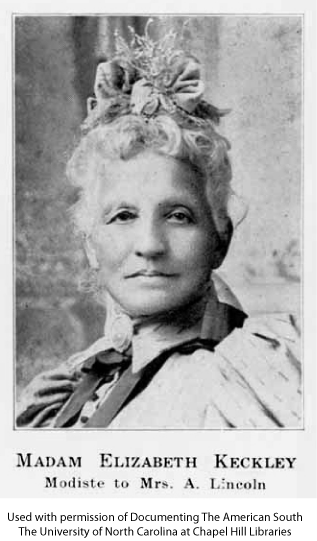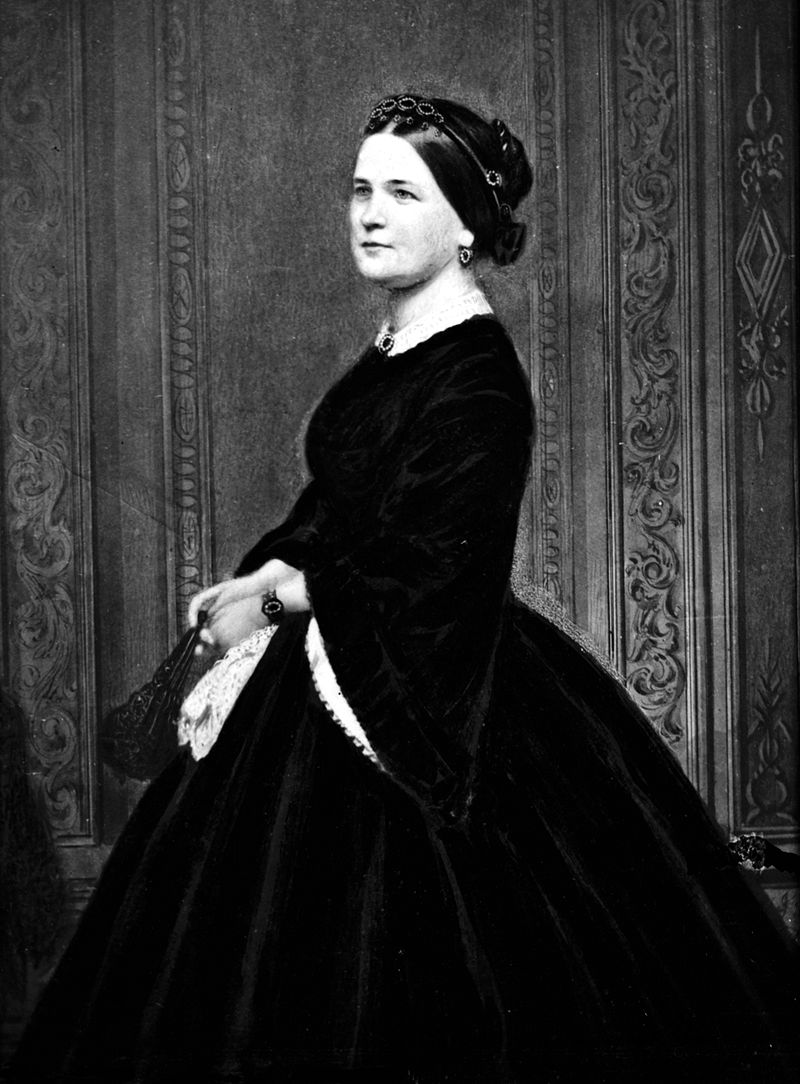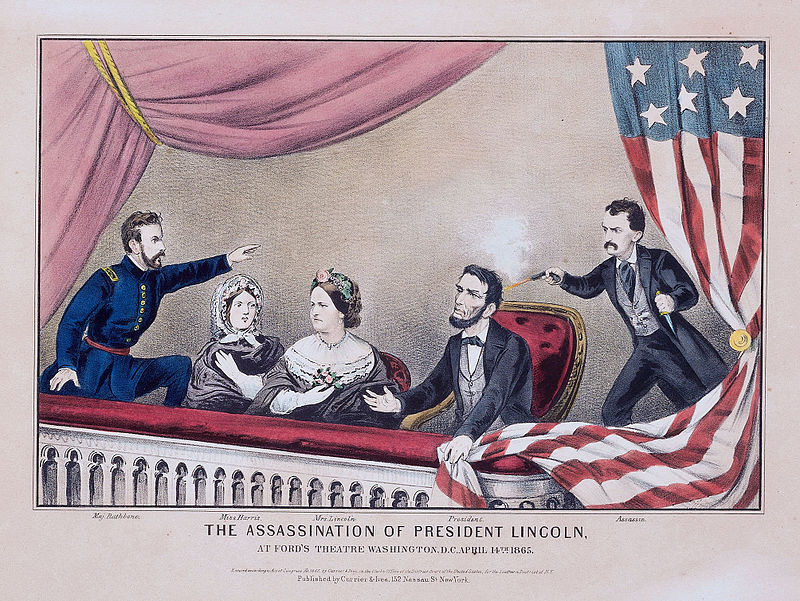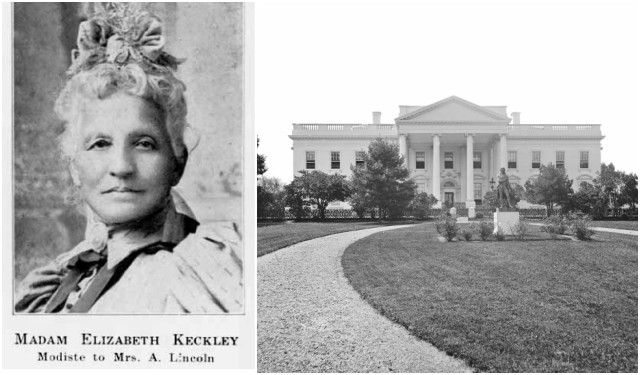Elizabeth Keckley was born into slavery in 1818 in Dinwiddie County Court House, Dinwiddie, Virginia. Together with her mother Agnes, they lived in the house of Armistead and Mary Burwell where Elizabeth was assigned to be the nursemaid for their infant Elizabeth Margaret.
Elizabeth learned how to read and write from her mother. Agnes also thought her daughter how to sew. She was very talented and her sewing skills would later prove to be very valuable for her life and career.
When she was 14 years old, Elizabeth was sent to live with the eldest Burwell son Robert in rural North Carolina, where she was sexually abused and had a son, George.
She was finally sent to St. Louis, where her valuable dressmaking skills would eventually buy her freedom.

Elizabeth was determined that she wanted to be free and when she was already well known for her talents in her hometown of Dinwiddie, she was able to buy her freedom from her St. Louis owners for $1,200 in November 1855. Now when she was a free woman she moved to Washington DC, where she opened her own dressmaking shop, providing dresses to the movers and shakers in Washington.
One of her first clients was Mrs. Robert E. Lee. Another was Mrs. Jefferson Davis, who offered Keckly the chance to go south with the Davis family, promising that he would take good care of her. However, she declined the offer and remained in Washington.
In 1861, Elizabeth met Mrs. Abraham Lincoln, and had made around 15 dresses for the first lady. She was also working for the widow of Stephen Douglas and the wives of several of Lincoln’s cabinet members.

Eventually, Elizabeth Keckley was more than just Mary Todd Lincoln’s dressmaker. She was also her friend. Mrs. Lincoln respected Elizabeth and turned to her for advice beyond fashion. On August 10, 1861, Elizabeth’s son, George, who was only 21 years old, died in battle. At the beginning of 1862, 11-year-old, Willie Lincoln died of typhoid fever. Losses in both women’s lives further tightened their bond.
Elizabeth was also there to provide support following the president’s assassination and Mrs. Lincoln’s transition out of the White House.

Their friendship ended abruptly in 1868 when Elizabeth published her memoir about her life as a slave and her time spent with the Lincolns in the White House, entitled Behind the Scenes: Thirty Years a Slave and Four Years in the White House.
She wrote her memoir in part to salvage the former first lady’s reputation after the war, but Mrs. Lincoln viewed the book as a betrayal and cut off contact with her former best friend.
After this, Elisabeth lost most of her clientele and became impoverished. She later served as a sewing instructor at Wilberforce University.
Another article from us on slavery: The story of an African prince sold into slavery in the USA
Elizabeth Keckley died in the National Home for Destitute Colored Women and Children in Washington, D.C. in 1907.
